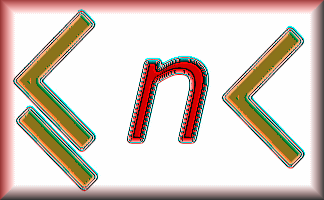Answers
Sign in to your Transum subscription account to see the answers
Note to teacher: Doing this activity once with a class helps students develop strategies. It is only when they do this activity a second time that they will have the opportunity to practise those strategies. That is when the learning is consolidated. Click the button above to regenerate another version of this starter from random numbers.
Extension
If the three estimated distances are correct to one decimal place what is the least possible value for the total distance?
|
Change the background of this page to
or
for clearer classroom display.
|
||

|
Teacher, do your students have access to computers such as tablets, iPads or Laptops? This page was really designed for projection on a whiteboard but if you really want the students to have access to it here is a concise URL for a version of this page without the comments: Transum.org/go/?Start=January2 However it would be better to assign one of the student interactive activities below. |
|
Here is the URL which will take them to the student version of this activity.
Here is the URL which will take them to a student activity related to the extension activity.
When estimating distances, it's important to understand that errors accumulate. If you estimate each of the three segments (A to B, B to C, and C to A) and each estimate has a small error, these errors add together in your final total. For example, if you overestimate each segment by just 1 km, your total could be 3 km too high. This is why developing consistent estimation strategies is valuable - randomly overestimating some segments while underestimating others can lead to unpredictable results. Is it better to be consistently slightly over or under in your estimates, or to aim for exact accuracy each time?
A reasonable error margin for visual estimation tasks like this is typically within 5-10% of the actual value, though this depends on the scale provided and the complexity of the measurements. Develop an "error awareness" by asking yourself: "Could my answer realistically be wrong by 2 km? 5 km? 100 m?" This metacognitive skill, thinking about the reliability of your own estimates, is valuable across many areas of mathematics and science. When you check your work, you should ask not just "Is this answer right?" but "Is this answer reasonable, and how confident am I in it?"




